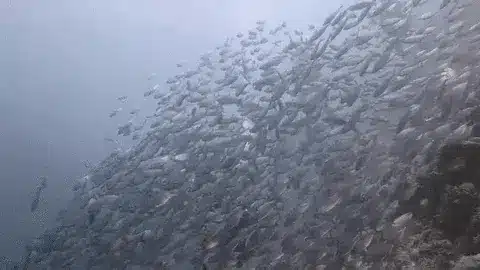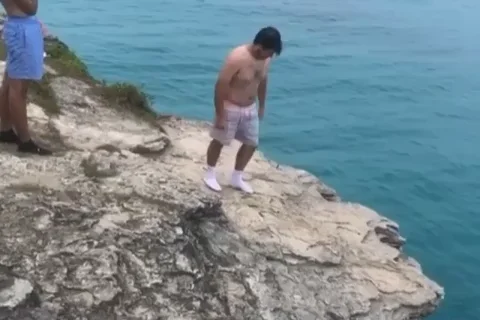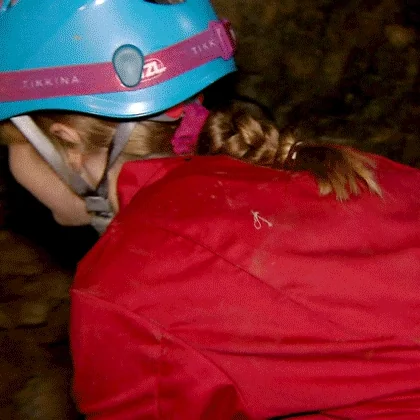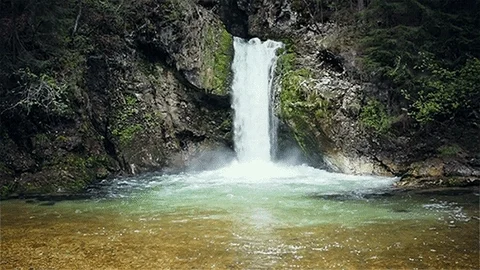There has always been a fascination with the behemoths of the ocean – the mystery and prestige of the whales, sharks and even giant squid. However, sometimes the most fascinating creatures can be some of the smallest. Especially when the smallest somehow can come together to outsize even the biggest. In the Philippines, the Edges of Earth expedition team go on a quest to find some bait balls.
According to a study in the journal Marine Biology, sardines, like many small pelagic fish, engage in schooling behavior primarily for defensive purposes. When threatened by predators such as sharks, dolphins, and tuna, these fish form tightly packed, coordinated formations such as schools or bait balls. This behavior reduces the risk for individual fish, as predators find it challenging to target a single sardine within the fast-moving and synchronised group.
Researchers from the Journal of Fish Biology have observed that the schooling behaviour also presents hydrodynamic advantages. Swimming in a group allows sardines to save energy. The synchronised movements in a school mean that each fish, except those at the front, swims in the vortices created by the fish ahead, reducing individual drag and energy expenditure.
But the cohesion and coordination of these schools are not mere happenstance. It’s a result of a phenomenon called the ‘lateral line system’, a series of fluid-filled canals present in sardines and other fish. This internal system allows them to detect changes in water movement, helping them stay aligned and respond promptly to potential threats. In essence, the collective behaviour of sardines is a masterclass in survival, efficiency and coordination, showcasing the sophisticated ways in which marine life has evolved to thrive in a challenging and often predatory environment.
Obsessed with this natural wonder, we were on the quest to witness as many bait balls as possible on the Edges of Earth expedition. Equally amazed with their ability to work together in mass, we were also interested in learning how divers interact with these bait balls. But first, we needed to understand where to see them and understand best practices when diving in their vicinity.


Diving with bait balls, while mesmerising, requires careful consideration. Best practices emphasise the importance of maintaining a respectful distance to avoid dispersing the formation. Sudden movements, flash photography, or physically touching them can cause stress among the sardines, disrupting the school and making them more vulnerable to predators. Divers are encouraged to stay on the periphery and observe without directly interacting. Using guidelines set by marine conservation organisations can help ensure interactions are non-intrusive.
Why following best practices is so critical is because, from an ecological standpoint, bait balls are essential for these marine ecosystems. They represent a significant feeding event for a myriad of marine predators, ensuring sustenance and survival. They act as an essential link in the food chain, transferring energy from their prey (plankton) to higher-level predators (sharks, tuna, dolphins).These events also serve as indicators of marine health and balance. Any changes or disruptions in bait ball formations can be early warning signs of shifts in the ecosystem, signaling potential imbalances or threats. Even more reason to be mindful when diving with bait balls.
The sheer existence of bait balls and the myriad of life they support is a testament to nature’s intricate balance. As divers, appreciating this balance and ensuring our explorations don’t tip the scales is our foremost responsibility. Every dive is an opportunity to observe, learn and reinforce our commitment to marine conservation.
Another critical note is that bait balls are not just limited to one particular region, but are a global spectacle that many divers, scientists and researchers seek out. From Australia to Mexico to California, there are lots of places to witness bait balls in action.
One of the most exciting and infamous places on earth to see bait fish is the annual sardine run in South Africa. With billions of sardines migrating, it attracts species of all kinds to feed, making this one of the most active times of the year in African waters. And in some cases, some of the most unpredictable. The migration sometimes happens and sometimes it does not. It’s a proper gamble when it comes to the sardine run in South Africa.
However, this is not so much the case in Moalboal in the Philippines. We were told that on Cebu island, there was said to be a permanent bait ball that had emerged and evidently stayed in this region. Historically, bait balls are dynamic and ephemeral phenomena, forming in response to immediate threats and then quickly dispersing. The concept of a permanent or semi-permanent bait ball, especially in a location where none were reported in the early 2000s, is a wild deviation from what was previously understood.


A 2016 article in The New York Times delved into this mystery, presenting various hypotheses posed by scientists and researchers. One theory posits that changing ocean temperatures and currents, potentially a consequence of climate change, have shifted the distribution of plankton—sardine’s primary food source. Moalboal might be located in a region with a consistent and abundant food supply, encouraging sardines to congregate and stay.
Another theory pertains to the reduction of predatory threats. Overfishing or fish bombing in nearby regions might have reduced the number of predators, providing a safe haven for sardines on the Moalboal shoal. This safety, combined with abundant food, could be the perfect recipe for the formation of a stable bait ball.
Yet, these are mere hypotheses with very little known about how these sardines got here and why they are staying. Even though there is quite a bit of tourism in the area, there’s a lot that has gone unexplored or undocumented. The marine ecosystem is intricate and interconnected, with numerous factors at play. Unraveling the mystery of Moalboal’s bait ball will require further comprehensive studies, examining everything from local fishing practices to broader global climate patterns.
What’s evident though, is that Moalboal presents a unique opportunity for scientists and divers to study bait ball behavior in a relatively stable environment. Such studies can provide insights not just into the lives of sardines, but also into the broader health and dynamics of the ocean. It’s a reminder that even in the more visited regions, the ocean never ceases to surprise and mystify.
When we arrived in August 2023, there was no shortage of sardine action in these waters. With over four million anticipated to be in this one location, the diving experience was by far one of the most exciting. These tiny sardines were congregating around the five meter mark, taking in the sunlight for warmth while their iridescent scales gave off a silver glow.
When underneath the ball, we could see the fish consistently altering their configuration and almost entirely blocking out the sunlight from our view. The spectacle resembled an aquatic eclipse; as if vast, ever-changing clouds were rolling overhead, heralding an impending storm. The diminished light, created by the thick canopy of fish, lent a surreal ambiance to the surroundings, requiring us to rely on our torches to navigate. Amidst this awe-inspiring underwater motion experience, we realised that we were alone. We were the sole scuba divers in the water with the sardines at that moment.



In Moalboal, the preservation of the marine ecosystem is paramount, and this commitment is evident in the stringent guidelines set for interactions with the famed sardine bait ball. The aim is to keep the sardines safe here, making this their forever home. It’s clear that if there are any disruptions to their habitat and food sources, there’s a good reason for them to leave this location.
For those diving or freediving in the area, designated zones have been established to ensure minimal disturbance to the sardines. When it comes to fishing, Moalboal has adopted regulated practices. This often dictates the type and amount of catch permissible in proximity to the bait ball. Measures include limitations on catch size, the use of specific net sizes to allow younger fish to escape and certain no-fishing periods to avert overfishing.
Moalboal stands out as one of the most consistent sites for observing bait balls, yet their presence is never a sure thing. During our stop over, we were fortunate to spend considerable time immersed with the bait ball. However, just weeks prior, the spectacle was nowhere to be found. Nature, in her inherent unpredictability, doesn’t adhere to our timelines or expectations. It’s her rules and we are just playing by them.
In moments where we are expecting to have a life-altering marine encounter—from bait balls to gateway animals such as manta rays or whale sharks for example—it’s essential to step back and realize the privilege of being in the water itself. Whether greeted by a bait ball or the serene stillness of the ocean, each dive is profound in its own way. Such experiences remind us to approach the ocean with gratitude, recognizing that every encounter, big or small, is incredibly important.
Reflecting on our journey, it’s clear that the ocean’s wonders often lie in its intricate details. Just as the tiniest sardines unite to form a spectacle grander than themselves, our individual actions and choices, no matter how small, converge to create a collective impact on marine ecosystems. Let us remember that by valuing and preserving the minute wonders, we ensure the continued magnificence of the vast, blue expanse.
Link: The post “Searching for bait in Moalboal” first appeared on OceanoGraphic Magazine.








